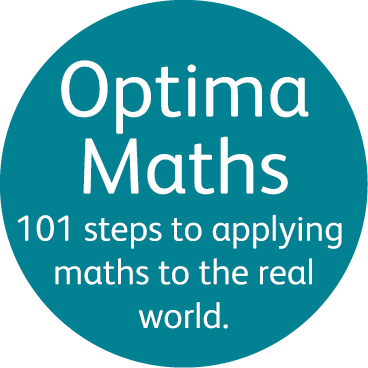Impact
We have investigated the impact of Optima Maths through two experimental studies and
five local authority projects. We have collected data from three sources:
-
fluency assessments of computational skills;
-
the GAP (Generalisation, Application and Problem-Solving) assessment which has three sections:
- questions that are presented orally;
-
questions that are read to the pupils but where there is also a printed version and
- equations to be balanced.
- Key Stage 1 and 2 SATs.
The findings from the research can be summarised as follows:
-
The longer children are taught through Optima Maths the better their overall progress
on fluency assessments of computational skills and their grade on the end of Key Stage SATs.
-
Children taught through Optima Maths were more competent in problem-solving and
generalising and applying their mathematical skills than children in the comparison
schools taught through conventional methods.
-
Lower-achieving pupils taught through Optima Maths were more effective in balancing
equations involving multiplication and division than higher-achieving children taught
through conventional methods.
-
At Key Stage 1, the Optima Maths Group significantly outperformed two different Comparison
Groups, with twice as many pupils reaching Level 3. In our local authority projects, over 95%
of pupils have reached Level 2+ at Key Stage 1 and at Key Stage 2 over 90% of pupils have reached
Level 4 with 100% of pupils making the expected progress between the end of Key Stage 1 and Key Stage 2.
-
In the Key Stage 1 and Key Stage 2 GAP assessments, the Optima Maths Group outperformed
the Comparison Group in all the areas assessed. Overall the Optima Maths Group achieved
scores at Key Stages 1 and 2 that were 38% better on the orally presented questions, 39% better
on the questions presented orally and in writing, 112% better in balancing equations and 47%
better on the overall scores.

